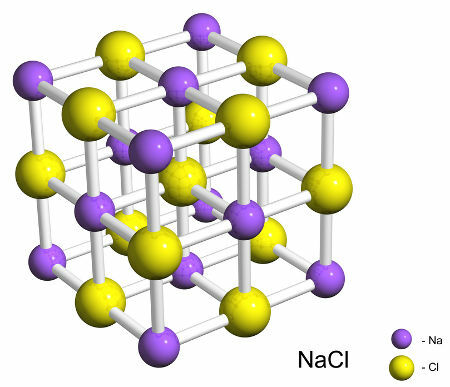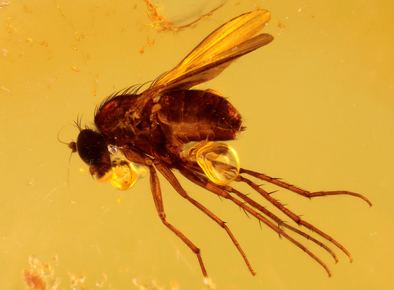A fantastic and much loved example of the application of sodium chloride in our daily lives is when we put table salt in a potato chip. Who doesn't like it, isn't it? In addition to that, you must surely have a wide variety of uses for this important substance. But what is sodium chloride and what is its relationship to table salt?
O sodium chloride (rock salt or sea salt) is a salt, that is, it is part of a large group of substances called salts. That's right, in addition to sodium chloride, there are several other types of salts, such as sodium bicarbonate (used when a person has heartburn or burning).
As a matter of curiosity, any substance that presents in its formula a group different from the H+ cation and a group different from the OH- anion is called salt. NaCl (sodium chloride formula), for example, is a salt because Na is different from the H+ cation and Cl is different from the OH- anion. In addition to this fact, a salt is a compound that, when dissolved in water, undergoes the phenomenon of dissociation, releasing a cation (positive group) and an anion (negative group).
The structure of sodium chloride has Na cations and Cl anions forming a network of atoms, as can be seen in the following representation:

Chemical Structure of Sodium Chloride
The relationship that sodium chloride has with table salt is very significant, since NaCl is the main component of this product. In addition to sodium chloride, there is iodized salt in the composition of the salt we use daily for food preparation, that is, a salt that contains iodine (necessary to prevent the disease called goiter endemic).
Sodium chloride can be found dissolved in seawater or even in the form of rocky mineral crystals in salt mines. This product has several applications in addition to the best known, which is salting food. See some of these applications:
- added to blends to thicken them (cosmetic and personal care products such as shampoo and suntan lotions);
- cleans and deodorizes teeth;
- Keeps blood plasma chemically balanced;
- It keeps our mucous membranes moist (with the presence of water), such as the inner region of our mouth;
- Prevents the proliferation of microorganisms in food;
The main action of salt in the body is that the sodium present in its composition is essential for certain substances can pass through cell walls to perform their function inside from them. Furthermore, salt also participates in the production of acid in our stomach.
However, like any substance when consumed in excess, in the short, medium or long term, we can suffer from problems resulting from excessive intake of sodium chloride. One of the health problems caused by excess salt in our body is an overload of the circulatory system. NaCl raises blood pressure and increases fluid retention, which can trigger a host of other disorders and even death.

To control high blood pressure, we must constantly measure blood pressure and also reduce salt intake.
CURIOSITY: The amount of sodium chloride that should be consumed daily is 750 to 900 mg, almost one gram per day. Escape from excess with salt to avoid serious health problems! Take care!
By Me. Diogo Lopes Dias



